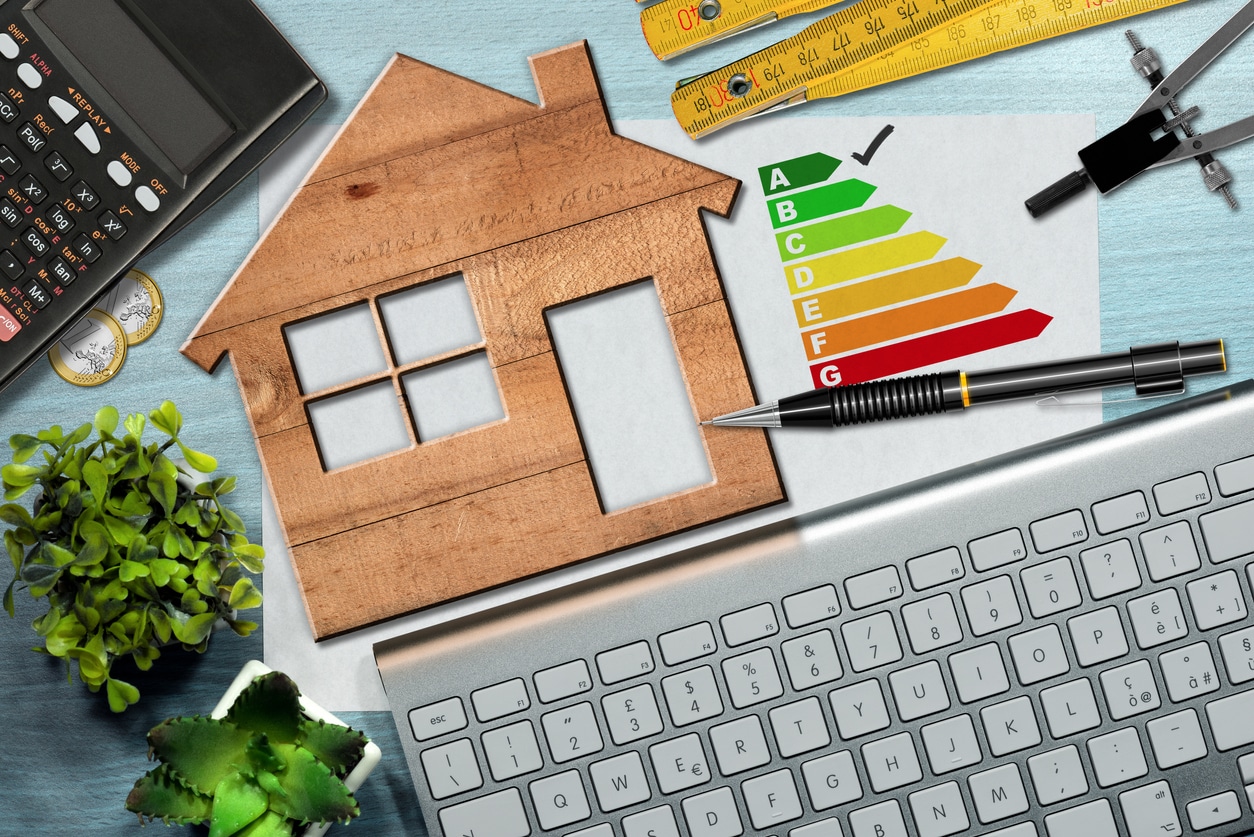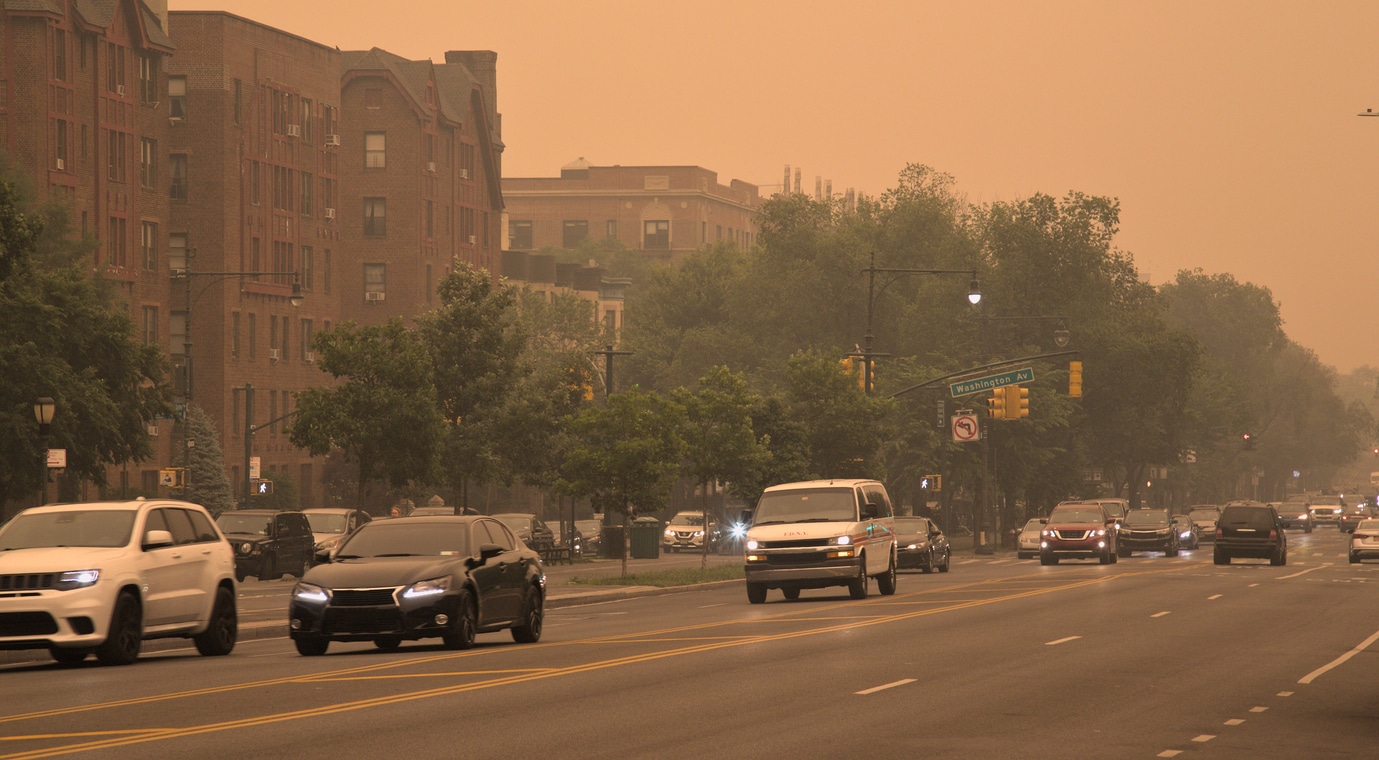
What Can We Do to Prioritize Energy Equity?
Renewable energy is becoming a more significant part of our lives. In recent years, you’ve likely seen more solar panels and electric vehicles (EVs) around. These advancements are terrific — but they open the door to new problems. For example, how available are solar panels in your city? Are they out of your price range?
Availability and cost are two factors in determining energy equity. Low-income communities in the U.S. often lack access to the same renewable energy resources as their wealthier neighbors. So, why is energy equity important and how can we prioritize it?
What Is Energy Equity?
Let’s start by defining energy equity. This term refers to the fair distribution of energy resources within a community. For example, achieving energy equity means everybody in the community has equal access to affordable energy resources.
Energy equity also means addressing inequity across communities. Marginalized populations are less likely to have solar panels, wind turbines and other renewable energy technology.
Nowadays, renewable energy is more widespread — but impoverished communities are still feeling the burden of inequity. For example, a 2022 study finds 16% of households spend more than 6% of their income on energy bills. Low-income families often pay a higher percentage of their income on utility bills than higher-income households — causing energy inequality nationwide.
Why Is Energy Equity Important?
Energy equity is a worthy cause requiring efforts from everybody to make the world better. Here are three reasons why energy equity is vital:
1. Advancing Social Justice
Neighborhoods nationwide feel the energy burden, but communities of color often feel the most pain. A 2021 study shows Black, Hispanic and Native American households are more likely to face energy insecurity than white households. Other affected families include those with young children and people requiring electronic medical devices.
Advancing energy equity is a form of social justice. It’s imperative to ensure all communities have equal access to clean energy. Living in an impoverished community means you’re more at risk for health and safety issues.
2. Improving Health and Safety
Renewable and efficient energy devices often provide better air quality through intelligent detection software. However, low-income households tend to have traditional fuel systems, such as gas stoves, kerosene heaters and biomass furnaces. While effective for heating, these can lead to health and safety issues. For example, the Centers for Disease Control (CDC) says kerosene negatively affects your kidneys and blood pressure in the long run.
High energy costs also threaten homeowners and renters with eviction. The inability to pay utility bills makes you accrue debt over time, leading to further financial problems. People living in poverty could become homeless and risk their safety daily without reliable shelter.
3. Dealing With Climate Change
We’re all feeling the effects of climate change, whether you’re rich or poor. Energy equity is important for addressing climate change as we progress in the 21st century. By expanding energy equity, you’re helping climate change.
For example, suppose a predominantly Black neighborhood receives a grant for solar panels. Each household gets a solar array to generate electricity for their homes. You’re building energy equity in the community and lowering their carbon footprint by reducing dependence on fossil fuels.
Climate change’s ramifications are apparent from coast to coast. Volatile storms, droughts, coastal erosion and wildfires are only some of the issues. Building energy equity goes hand in hand with combating climate change. After all, we only have until 2030 to prevent irreversible damage from the world’s changing climate.
How Can We Improve Energy Equity?
Improving energy equity is essential for your health and the planet. So, how can we get there? Here are a few strategies.
Investigate the Disparities
The first step is to determine where communities suffer the most and investigate the disparities in energy equity. Research shows Black, Hispanic and Native Americans suffer the most, but finding these locations is essential. Some research shows us what to look for.
A 2020 American Council for an Energy-Efficient Economy report discusses what cities in the U.S. have the most households suffering from energy poverty. The study shows cities like New York City, Detroit, Atlanta and Philadelphia have over 25% of homes suffering from energy poverty.
Then, ask why these disparities are happening. How accessible is renewable energy in these cities? Are they only available for higher income brackets and specific neighborhoods?
The problem isn’t unique to the U.S. A 2023 study examines China’s rapid energy transition in residential areas. The researchers found over 40% of households switched from fossil fuels to renewable energy. However, energy poverty increased by four percentage points.
Expand Access to Renewable Energy
Once you find the affected locations, it’s time to expand access to renewable energy. The best way to achieve this is through community organizing and policy changes. These initiatives could come from advocating for the local city council or legislature to subsidize the costs or create grants for low-income communities.
Another notable policy is giving citizens tax rebates for solar energy systems. The federal government has instituted this policy through the federal solar tax credit until 2034. You get a 30% rebate on qualifying solar systems installed in your home. These policies help even the playing field for people who want renewable energy in their homes.
Participate in Renewable Energy Programs
The federal solar tax credit is one example of a renewable energy program benefiting many people. Creating more of these initiatives will help you and your neighbors access renewable energy regardless of socioeconomic status.
For example, small towns often opt for community solar programs. In these programs, you and your neighbors can buy or lease a solar panel for the neighborhood to share. You’ll receive credit on your electric bill for the solar energy created, lessening the financial burden. Community solar programs are excellent solutions for people whose houses can’t support panels because of roof conditions — or the property doesn’t get enough sunlight.
Educate About Clean Energy
Cities and suburban areas make it easier to organize solar communities. However, you may live in a rural area with neighbors miles away. For these customers, utility companies need to engage in clean energy education. You can send representatives to energy poverty-affected areas to help these communities close the gap.
For example, many old houses have old and inefficient HVAC systems and furnaces raising utility bills. Dispatch experts to engage with the community and discuss ways to improve energy efficiency in their homes. The energy company can offer discounts or free exchanges of the furnaces for heat pumps or other more efficient systems.
Develop Renewable Energy Employees
The future of renewable energy is bright, and it only gets better if you educate the next generation of energy management employees. Educating disadvantaged communities is critical because they’ll be more likely to enter this field. You’re already seeing help from the Inflation Reduction Act (IRA), which has created 100,000 green jobs in 2023, with more to come.
Energy education can benefit you in numerous fields. For example, you can receive Leadership in Energy and Environmental Design (LEED) accreditation through the U.S. Green Building Council. Having LEED accreditation means you demonstrate knowledge about green building concepts, such as water and energy conservation. You can use LEED accreditation in construction, real estate, design, urban planning and many other jobs.
Closing the Energy Gap
The world’s population rises daily, so energy demand increases accordingly. Renewable energy softens the burden on electrical grids, but access to this technology is relatively limited.
In the U.S., Black, Hispanic and Native American communities typically don’t have equal access to solar and wind energy. Impoverished communities face energy poverty daily, but there are ways we can move forward and close the gap.



Post a comment